Deck & Commander Strategies
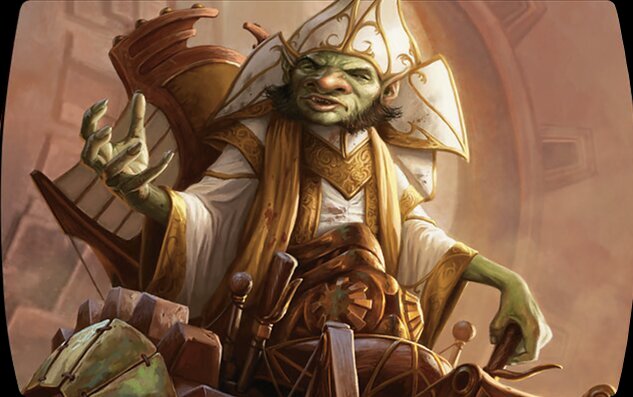
Daretti, Scrap Savant
Leverages artifact synergy to generate value and control the board, using artifact recursion, mana rocks, and powerful artifact creatures like Steel Hellkite to pressure opponents and maintain board presence.

Sen Triplets
Focuses on control and disruption by casting opponents' spells and using powerful enchantments and artifacts such as Isochron Scepter with Swords to Plowshares to control creatures and protect its position, while generating value through artifact interactions.
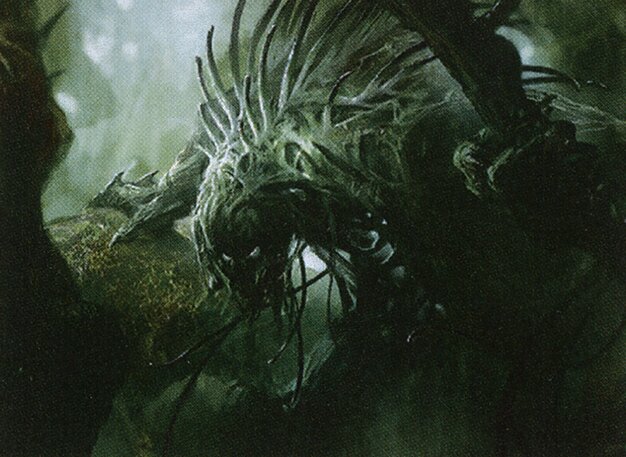
Ghave, Guru of Spores
Builds a resilient board state through token generation and +1/+1 counter manipulation, using sacrifice outlets and wide board presence with cards like Avenger of Zendikar to overwhelm opponents and sustain through creature recursion.

Surrak Dragonclaw
Aggressive creature-based deck that uses spells like Acidic Slime to disrupt opponents' permanents and pushes damage through efficient creatures while using ramp to maintain tempo.
Gameplay Insights
- 1
Daretti adeptly used artifact recursion and artifact destruction to maintain board control and pressure opponents with Steel Hellkite.
- 2
Sen Triplets' imprinting Swords to Plowshares on Isochron Scepter allowed repeated removal, forcing opponents to respond or lose key creatures.
- 3
Ghave's token generation and sacrifice synergies proved resilient, especially when combined with board wipes like Supreme Verdict to reset the board favorably.
- 4
Minds Dilation created a taxing environment for casting spells, altering opponents' timing and limiting their options.
- 5
Political negotiations, such as deals to avoid attacks and targeted removal, played a crucial role in preserving key threats and advancing individual game plans.
- 6
The destruction of Isochron Scepter and Mine Stone were pivotal moments that shifted momentum and forced players to adjust strategies mid-game.
Notable Cards
-

Steel Hellkite
-
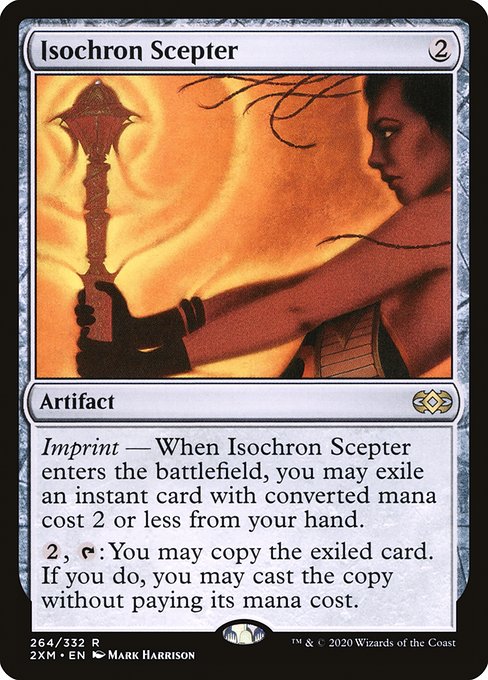
Isochron Scepter
-

Swords to Plowshares
-
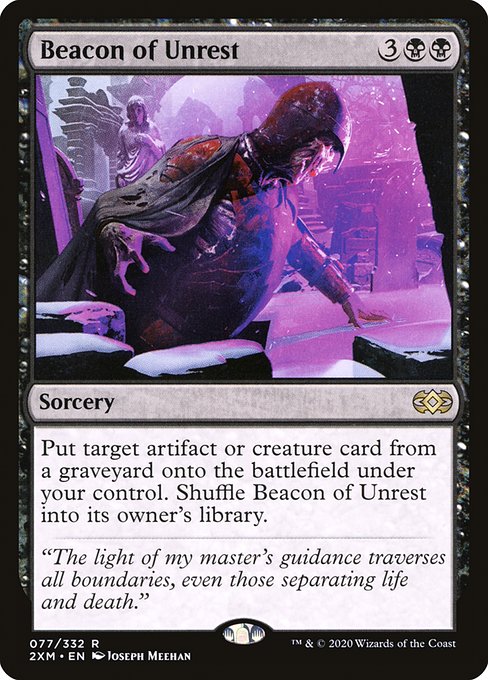
Beacon of Unrest
-

Avenger of Zendikar
-
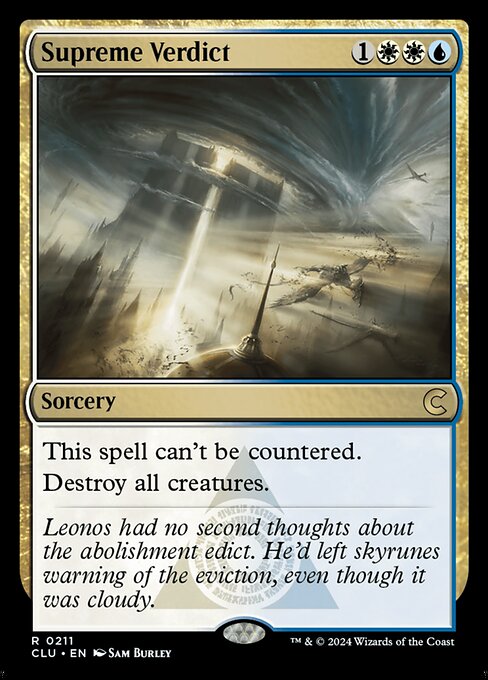
Supreme Verdict
-
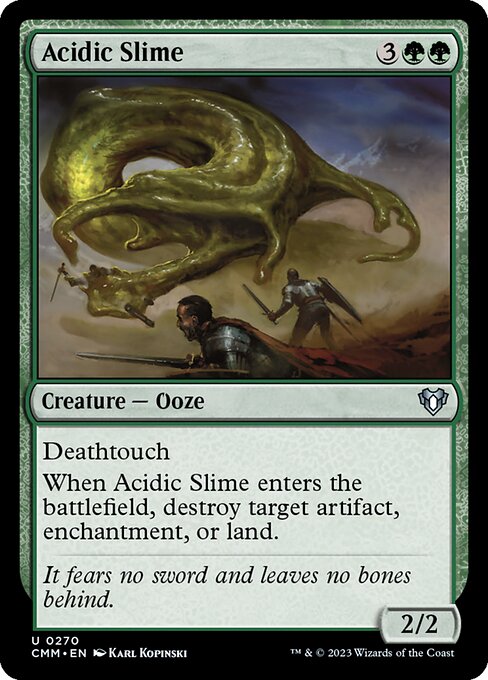
Acidic Slime
Gameplay Summary
The game began with all four players developing their mana bases and setting up early board presence with ramp and utility creatures.
Daretti focused on artifact synergies, establishing mana rocks and casting threats like Steel Hellkite.
Sen Triplets aimed to disrupt and control with spells like Swords to Plowshares imprinted on Isochron Scepter, while also generating value from artifact interactions.
Ghave utilized his token and +1/+1 counter synergy to build a resilient army, producing saplings and leveraging cards like Avenger of Zendikar for wide board presence.
Surrak Dragonclaw contributed aggressive creatures and used spells like Acidic Slime to control opponents' permanents. Mid-game saw significant board interactions including the destruction of key artifacts such as Isochron Scepter and Mine Stone, as well as strategic removal of enchantments like Minds Dilation.
Daretti's Steel Hellkite was a major threat, consistently pressuring opponents and forcing responses.
Sen Triplets used Beacon of Unrest to bring back powerful token producers, maintaining pressure and board control.
Ghave's ability to generate tokens and sacrifice them strategically, combined with spells like Supreme Verdict to clear the board, kept his position stable.
The game featured political moves such as deals to avoid being targeted and careful attack choices to preserve valuable permanents.
Eventually, wide token armies and artifact synergy created ongoing threats, with players leveraging life gain and card draw to maintain resources in a tense multiplayer environment. The game was marked by dynamic board wipes, artifact recursion, and tactical combat decisions.
Key turning points included the destruction of Isochron Scepter, the use of Minds Dilation to punish spell casting, and multiple uses of Beacon of Unrest to recycle threats.
Despite heavy removal and disruption, the decks aimed to build overwhelming board states or combos involving tokens and artifacts to secure victory.
The interplay between board control, resource management, and political negotiation shaped the evolving board state.


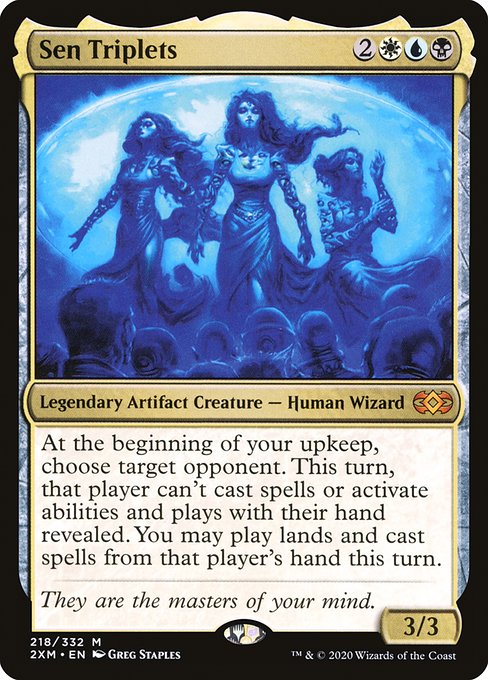


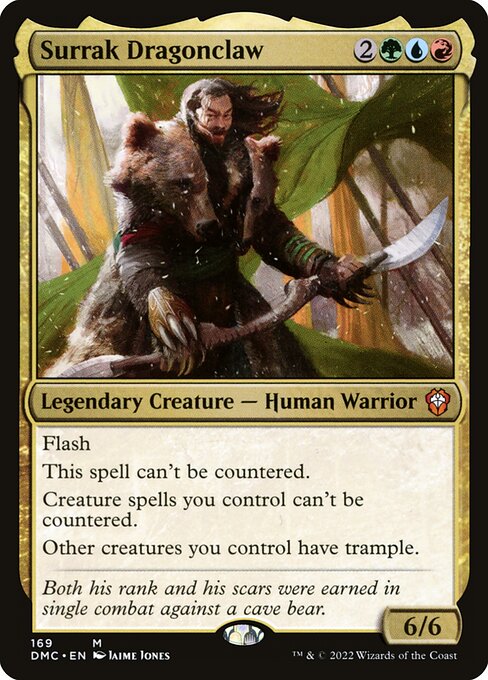
































![Commander VS S3E3: ????? vs ????? vs ????? vs ????? [MtG: Multiplayer] thumbnail](https://i.ytimg.com/vi/zUR3AeqZkPU/sddefault.jpg)
![Commander Versus Series: Ur-Dragon (David McDarby) vs Sen Triplets (Danny West) [MTG/EDH] thumbnail](https://i.ytimg.com/vi/yRCcWRRtVcw/sddefault.jpg)


